How to Train a Dog ?
Training a dog requires consistency, patience, and positive reinforcement. Here’s a simple step-by-step guide to help you train your dog effectively, whether it’s a puppy or an adult dog:
1. Start with the Basics
Pick a few simple commands to begin with. The most common ones are:
- Sit
- Stay
- Come
- Down
- Leave it
- Heel (walk beside you)
2. Use Positive Reinforcement
Reward your dog with:
- Treats
- Praise (e.g., “Good boy!”)
- Toys or playtime
Rewards must be immediate (within 1-2 seconds) after the correct behavior.
3. Short, Frequent Sessions
- 5–10 minutes, 2–3 times a day
- Avoid overloading your dog, especially puppies
🐾 4. Be Consistent
- Use the same word and hand signal every time
- Everyone in the household should use the same cues
5. Step-by-Step Training Examples
🐶 Sit
- Hold a treat near your dog’s nose.
- Move it slowly over their head—this usually makes them sit.
- Say “Sit” as they lower into the position.
- Reward immediately.
🐶 Stay
- Ask your dog to sit.
- Hold your hand up like a stop sign and say “Stay.”
- Step back a little. If they stay, reward.
- Gradually increase distance and time.
🐶 Come
- Use a long leash in a quiet area.
- Say “Come” enthusiastically while kneeling or clapping.
- Reward when they reach you.
🐶 Down
- Ask your dog to sit.
- Move a treat from their nose to the floor.
- When they lie down, say “Down” and reward.
6. Practice in Different Environments
Train in quiet areas first, then add distractions gradually (parks, other dogs, etc.).
7. Avoid Common Mistakes
- Don’t yell or punish for not obeying
- Don’t repeat commands multiple times
- Don’t train when your dog is tired or full of energy
8. Be Patient & End Positively
- Always end sessions on a successful note, even a small one
- Give your dog a break and show affection
Barking Dogs
Here are the list of Top Barking Dogs :-
- Beagle
- Chihuahua
- Pomeranian
- Miniature Schnauzer
- Indian Spitz
Beagle

Reason for Barking: Beagles are scent hounds and vocal communicators. Barking and baying are noises they make, especially when bored or when they sense something interesting.
Best Treats:
High-smelling meat treats (chicken jerky, liver bits)
Puzzle treat toys to keep them mentally engaged
Training bits for frequent reinforcement during obedience training
Chihuahua
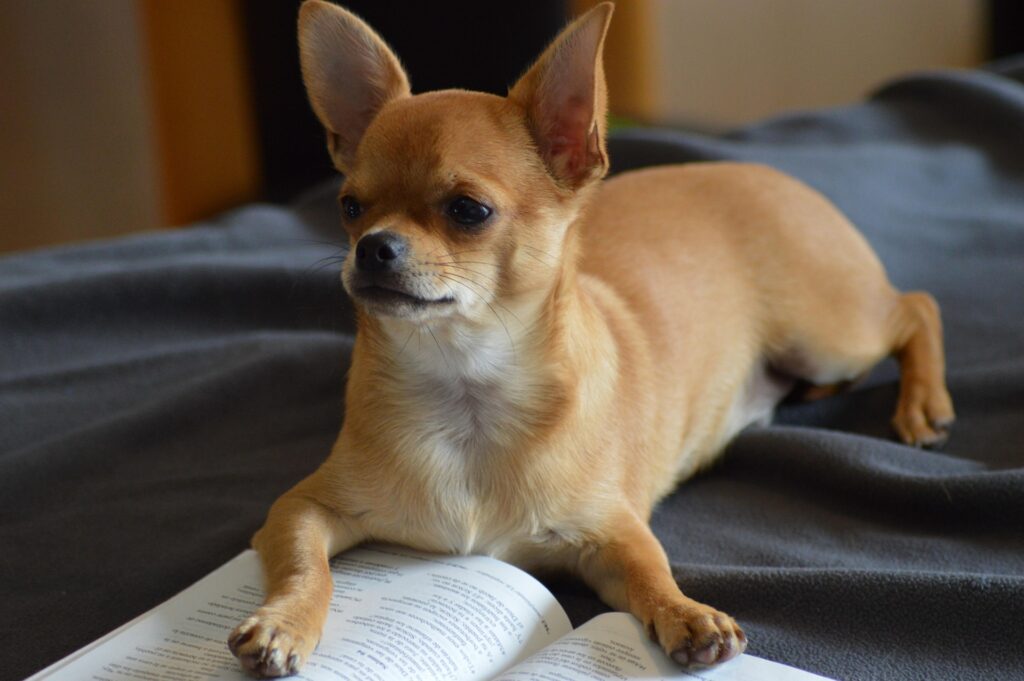
Reason of Barking: Chihuahuas are highly aware; they commonly bark at unfamiliar faces or curious sounds. Barking is also their way of drawing attention to themselves.
Best Treats:
Tiny soft treats/small training treats (due to small mouth size)
Low-calorie chewy bites (chicken or salmon- based)
Pomeranian
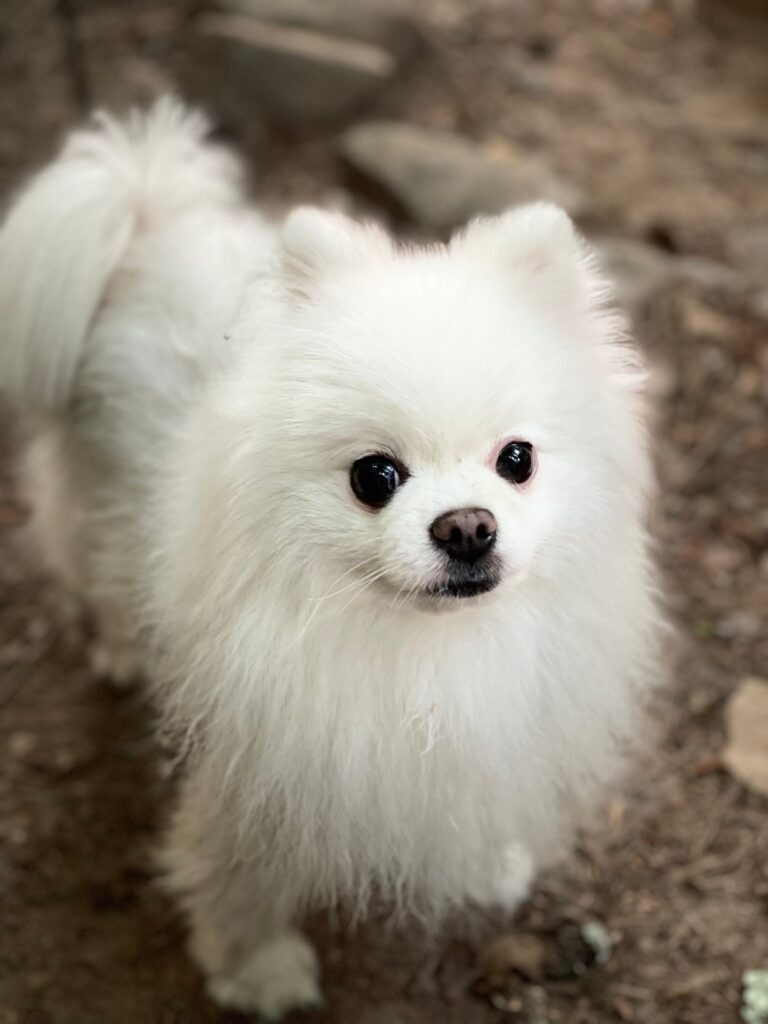
Why They Bark: Small but spirited, Poms bark to alert, express excitement, or deal with separation anxiety.
Best Treats:
- Freeze-dried meats (duck, turkey, etc.)
- Mini bone-shaped biscuits
- Healthy grain-free bites with sweet potato or pumpkin
Miniature Schnauzer
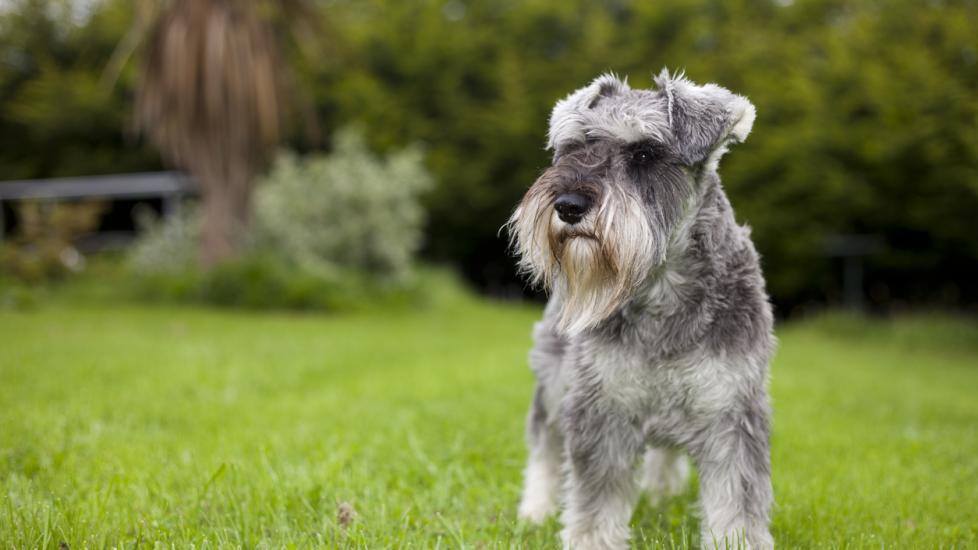
Reasons for Barking: Active barkers-they tend to bark at strangers, noises and even other pets. They make fantastic watchdogs.
Top Treats:
Crunchy biscuits for chewing satisfaction
Meaty chews like lamb lung or bully sticks
Training treats with strong smell to hold their attention
Indian Spitz
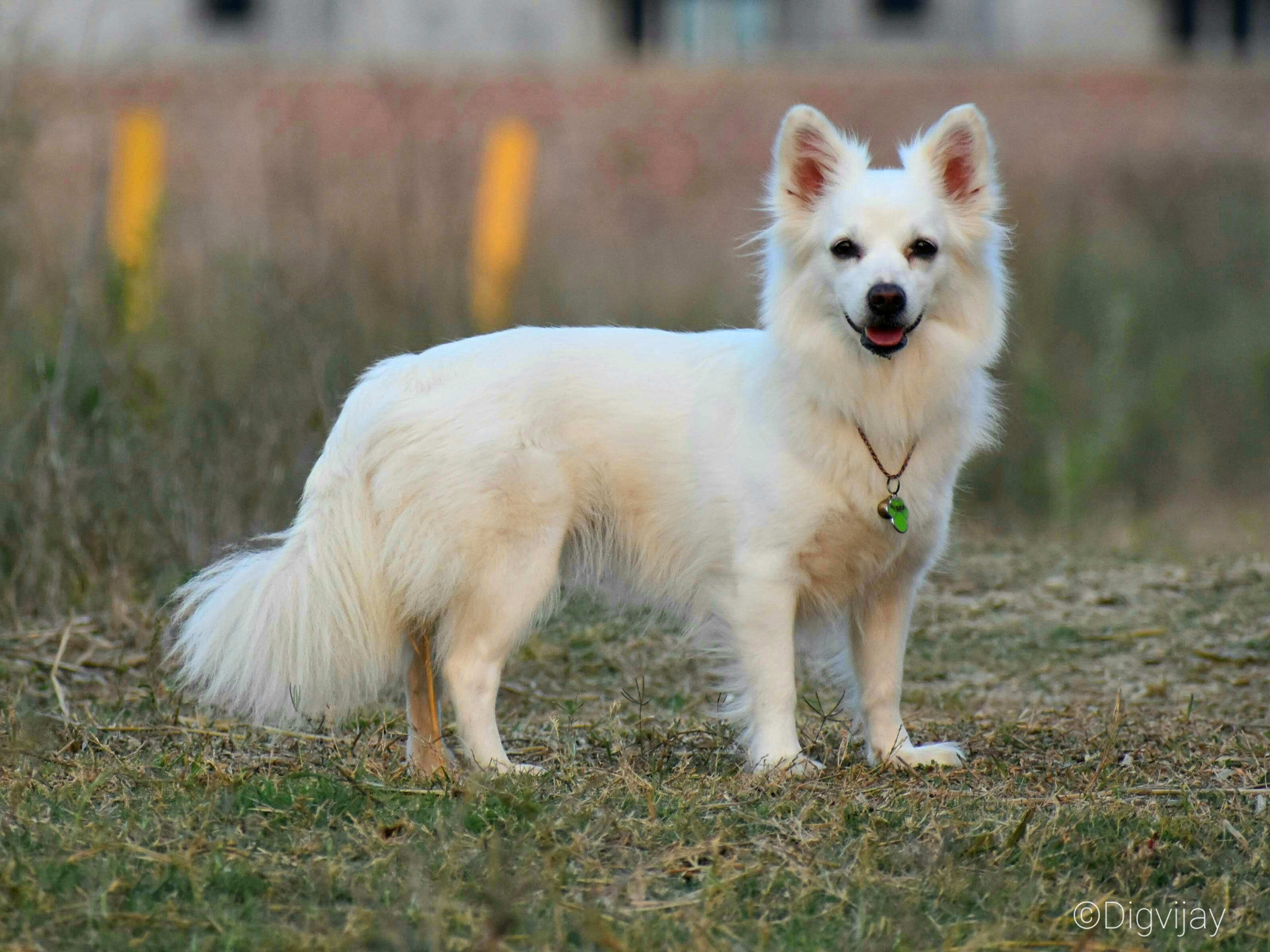
Barking is in their nature: The Indian Spitz breeds are some of the most alert and curious types of dogs, and they bark at anything that is out of the ordinary; people, animals, noises…you name it!
Treats the dogs love:
Home-made treats, like boiled chicken or bits of paneer
Small strips of jerky that can easily be broken for training
Vegetable-based treats with some carrots or peas for a light snack
Top 5 Cheapest Dog Breeds
- Indian Pariah Dog
- Rajapalayam
- Chippiparai
- Kombai
- Indian Spitz
Indian Pariah Dog
Caring for an Indian Pariah Dog is one of the least complicated and, compared to other breeds, the cheapest opportunity-one that is low-maintenance, hardy, and self-sufficient.
Grooming: Brush once a week; bathe once a month or as needed.
Feeding: Balanced home-made or affordable dog food (digests well Indian meals).
Exercise: 30-60 mins daily walk/play- very active breed.
Health: Very few health issues: needs basic vaccinations and deworming.
Training: Intelligent and street-smart and can be trained quickly with positive reinforcement.
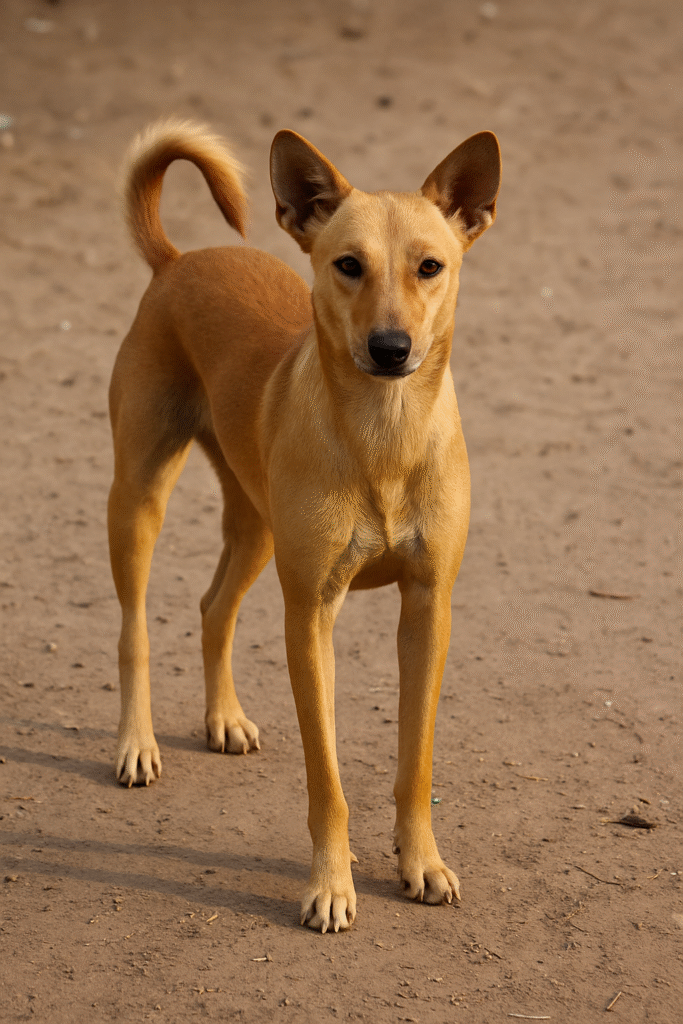
Rajapalayam
Renowned for its regal appearance, strength, and loyalty, the Rajapalayam Dog is an indigenously majestic breed worthy of all admiration. The dog is a consummate guard and companion while being the ideal pet for the Indian climate in rural or spacious urban homes.

Chippiparai
An esteemed breed of sighthound from Tamil Nadu, India, the Chippiparai is noted for its speed, agility, and loyalt. Historically bred by royal families for hunting, this breed is considered emblematic of the region’s nobility. Active and energetic, Chippiparais require regular exercise to maintain health of both body and mind. Daily walks, runs, or play sessions in a fenced yard are suggested. Moderate grooming is required for a dog with a short coat such as the Chippiparai, which includes brushing to remove loose hair, with baths given as needed.
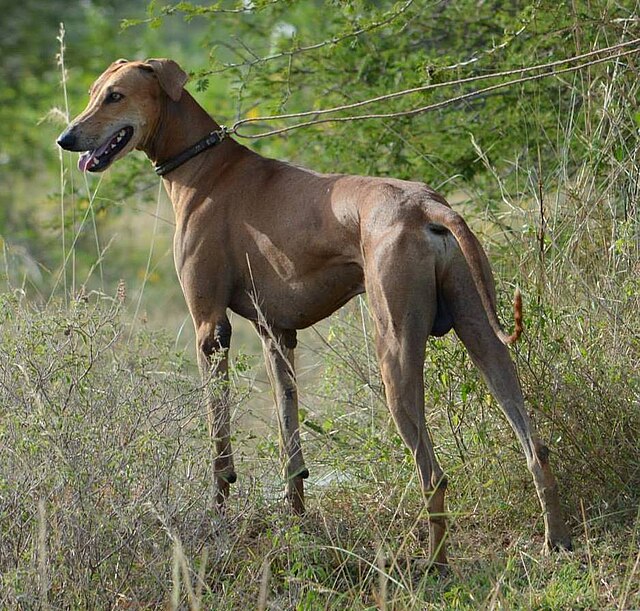
Kombai
Kombai dog is just wonderful for an Indian home, especially if you’re looking for a loyal and protective companion. Here’s what you should look for when you have a Kombai dog:
Why Kombai Dog Suits Indian Homes:
Homegrown Adaptation: This breed is a native breed from Tamil Nadu, so it naturally adapts to hot and humid climatic conditions in India.
Fierceness & Loyalty: Kombais are famous for their extreme loyalty toward the family and the brilliant guarding instincts they have, which attracts them as excellent watchdogs for home security.
Medium Size: They are actually medium-sized dogs, muscular and strong but not overwhelming, so they will fit well in homes with yards or even spacious apartments that exercise enough.
Low Grooming Requirement: The dog is of a short coat and therefore will only require an occasional brush and bath, which goes well with busy households.
Active & Energetic: They actually require daily exercise to be happy and healthy-ideal are long walks or running with the owner or even playtime in a secure space.
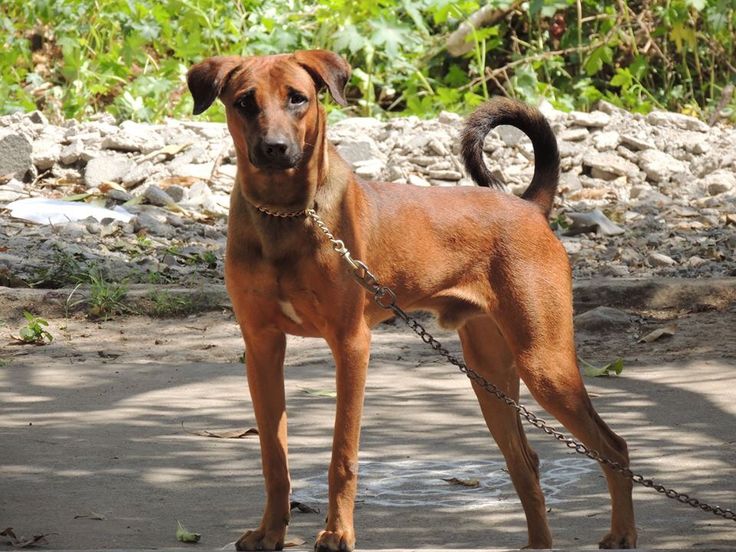
Indian Spitz
Walking in Indian cities today, one gets to see the ever-popular Indian Spitz, a small companion dog indicating intelligence and adaptability, as well as affection. This breed resembles a small version of the Samoyed or German Spitz. The breed became quite famous in the 1980s and 1990s when the dog “Tuffy” made his appearance in the Bollywood film Hum Aapke Hain Koun. Temperament: Friendly, alert, intelligent and playful.
Adaptability: Suitable for both apartments and houses; perfect for Indian climates.
Exercise Needs: Moderate; loves daily walking and playing with family members.
Grooming: Regular brushing is required to manage shedding and improve coat appearance health.
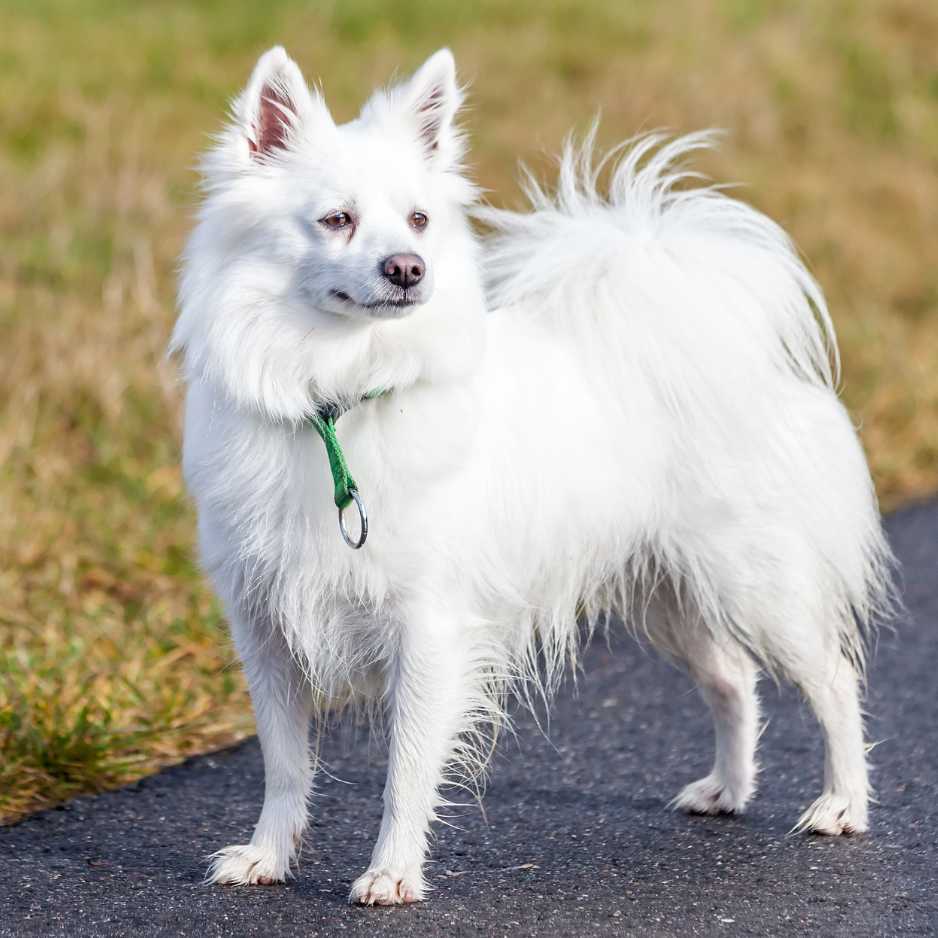
Pit Bulls – Know More..
Pitbull dogs are a popular and sometimes misunderstood breed, often known for their loyalty and strength.
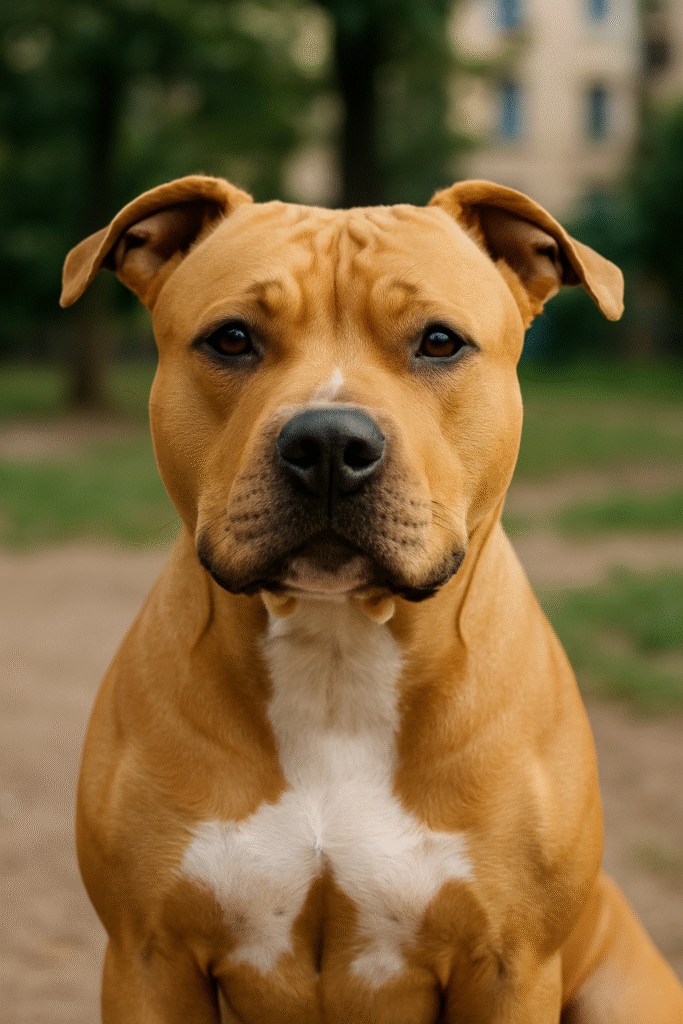
Origin
Pitbull-type dogs originated in early 19th-century England, where bulldogs were bred with terriers to combine the strength and tenacity of the bulldog with the agility and speed of the terrier.
These dogs were initially created for bull-baiting, a cruel blood sport where dogs fought bulls for entertainment. This was banned in 1835.
After bull-baiting was outlawed, the dogs were used in illegal dog fighting rings.
Dog fighting required dogs that were strong, athletic, and had high pain tolerance but were also non-aggressive toward humans, since handlers often had to separate dogs during fights.
British immigrants brought Pitbull-type dogs to the United States in the mid-to-late 1800s.
In the U.S., these dogs became known as American Pit Bull Terriers and were used for:
- Farm work
- Hunting wild game
- Herding cattle
- Serving as loyal family companions
Physical Appearance
Pitbull is a term that actually refers to several breeds, rather than a single breed. These include:
- American Pit Bull Terrier (APBT): The most well-known Pitbull type.
- American Staffordshire Terrier (Amstaff): Often mistaken for the APBT but has a slightly different appearance.
- Staffordshire Bull Terrier (Staffy): A smaller version with a similar build.
- American Bully: A newer breed that’s often associated with Pitbulls.
Size: Medium build
Weight: 30 to 85 pounds, depending on breed and gender
Height: 17 to 21 inches at the shoulder
Body: Muscular and stocky with a broad chest and a powerful stance
Head: Broad, flat skull with pronounced cheek muscles
Eyes: Round or almond-shaped, often expressive and alert
Ears: Can be cropped or natural; naturally rose-shaped or semi-prick
Temperament
- Loyal & Loving: Pitbulls are extremely loyal to their families, often forming close bonds with their owners.
- Friendly with Humans: Despite their reputation, they can be very friendly and affectionate with people if properly socialized from an early age.
- Energetic & Playful: They are high-energy dogs that love to play and exercise. Daily walks, playtime, or even a yard to run in are essential.
- Protective: While they’re generally loving, they may also act as protectors of their home and family.
Grooming Needs
Low-maintenance coat: Weekly brushing and occasional baths are enough.
Regular ear and teeth cleaning recommended to maintain health.
Exercise Needs
High Energy: Pitbulls require daily physical exercise. Aim for at least 30-60 minutes of active play or walks.
Mental Stimulation: Because they are intelligent dogs, they also need mental stimulation to prevent boredom. Puzzle toys, obedience training, or agility activities work well.
Health & Care
- Lifespan: Typically, Pitbulls live between 12 to 16 years, depending on their health and genetics.
- Common Health Issues:
- Hip Dysplasia: A genetic condition affecting the hip joints.
- Allergies: Some Pitbulls are prone to skin allergies or food sensitivities.
- Heart Issues: Some may develop heart disease as they age.
- Routine Care:
- Coat: Pitbulls have short, smooth coats that require minimal grooming but regular brushing helps keep their coat healthy.
- Ear Care: Check their ears regularly to prevent infections.
- Teeth: Brushing their teeth helps maintain good dental hygiene.
Adopting a Pitbull: What You Need to Know
Pitbulls are :-
- Incredibly loyal and loving
- Great with families (often called “nanny dogs”)
- Intelligent and eager to please
- Highly adaptable with the right environment
Before You Adopt: What to Consider
- Check Local Laws
- Assess Your Living Situation
- Understand Their Needs
Top 20 Dog Breeds in India
Here’s a well-researched list of the Top 20 Dog Breeds Popular in India, based on their suitability to Indian climate, temperament, ease of care, and popularity among families
1. Labrador Retriever
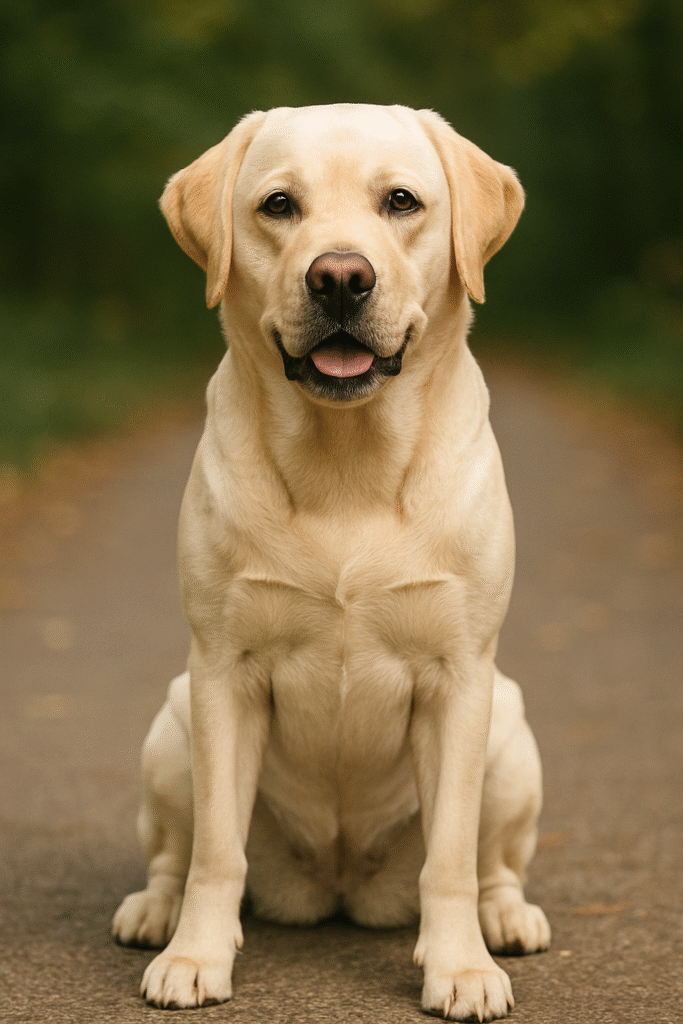
Friendly, intelligent, and great with families and children.
2. German Shepherd
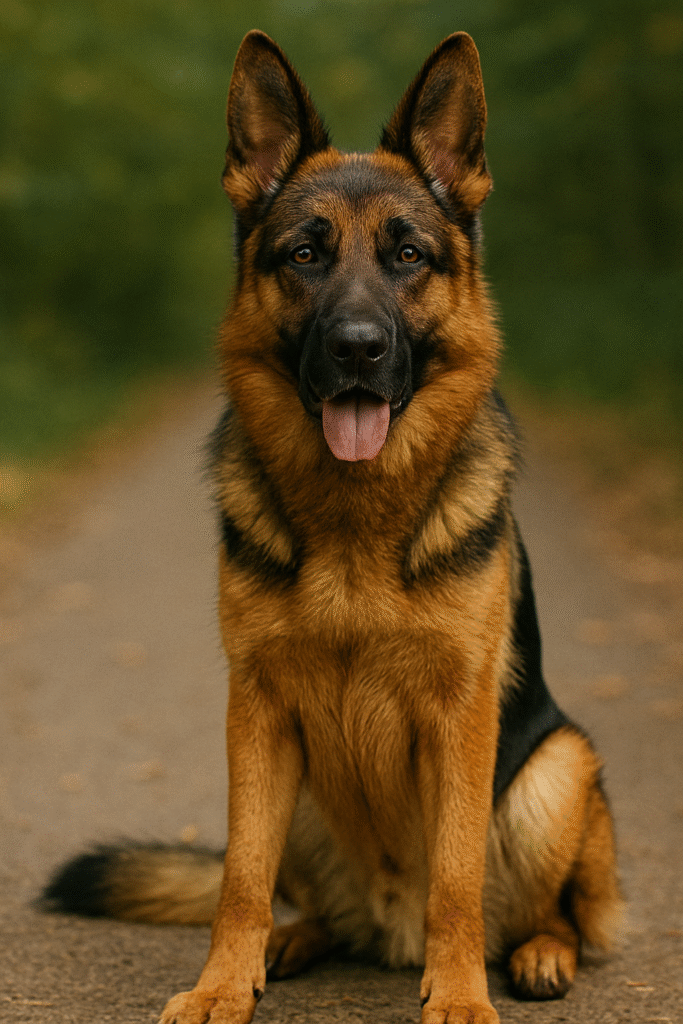
Loyal, protective, and easily trainable—often used in police and security work.
3. Golden Retriever
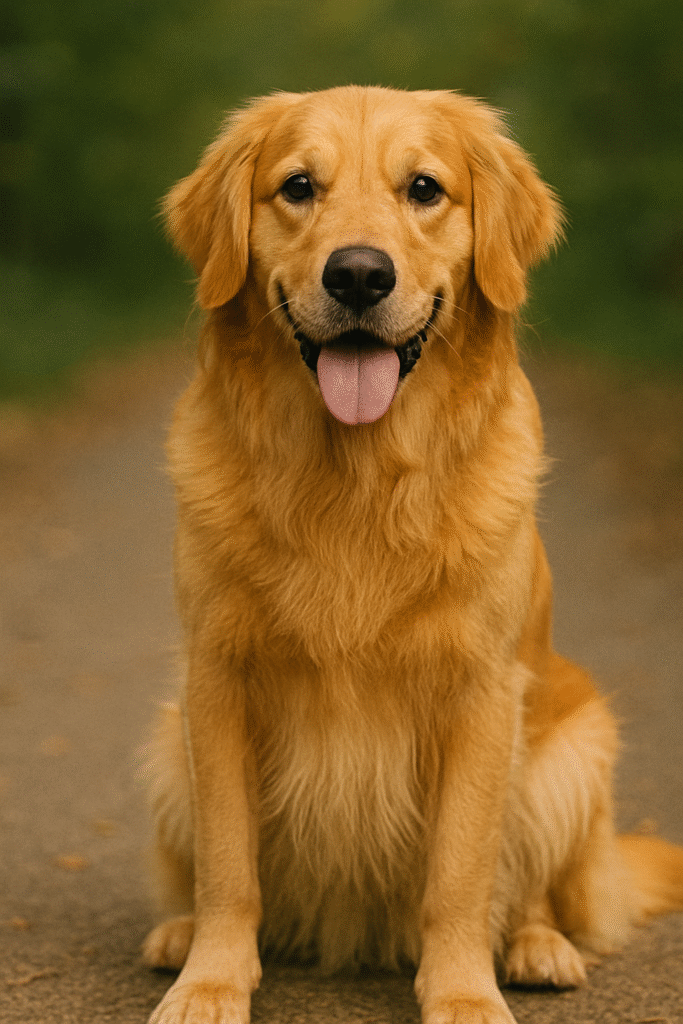
Gentle, affectionate, and great for first-time pet owners.
4. Beagle
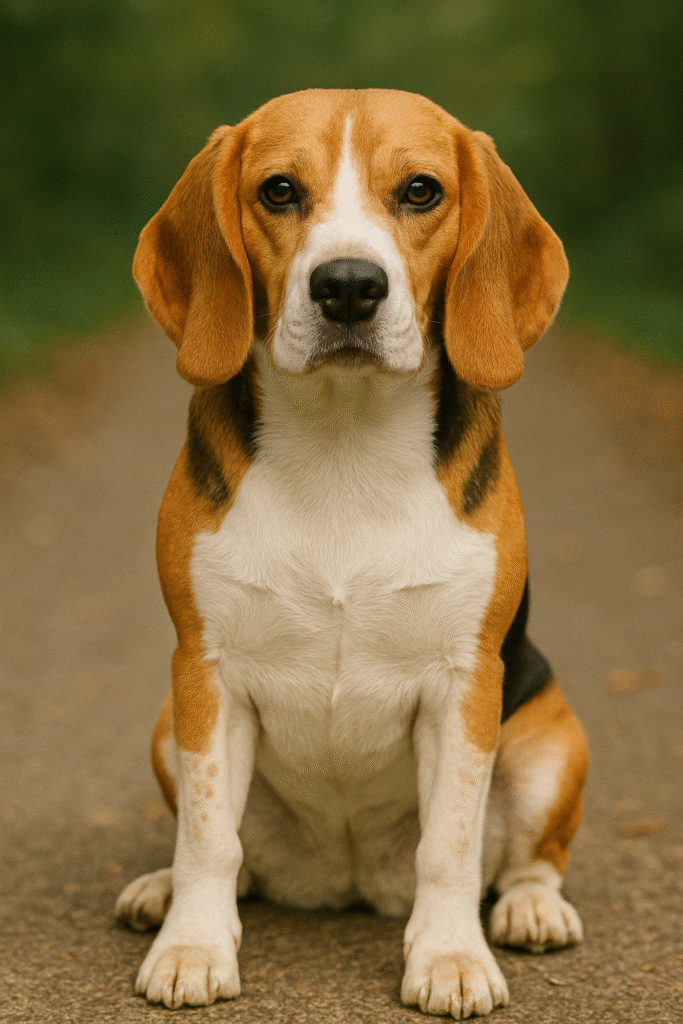
Small, energetic, and known for their playful nature.
5. Pug
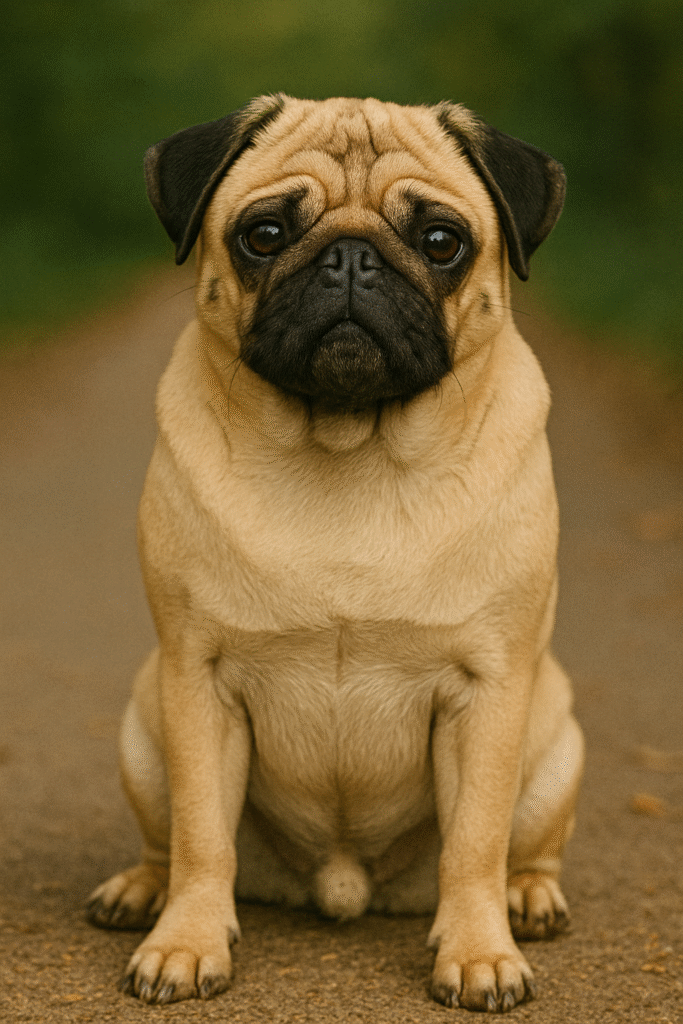
Compact, charming, and well-suited for apartment living.
6. Indian Pariah Dog (Desi Dog)
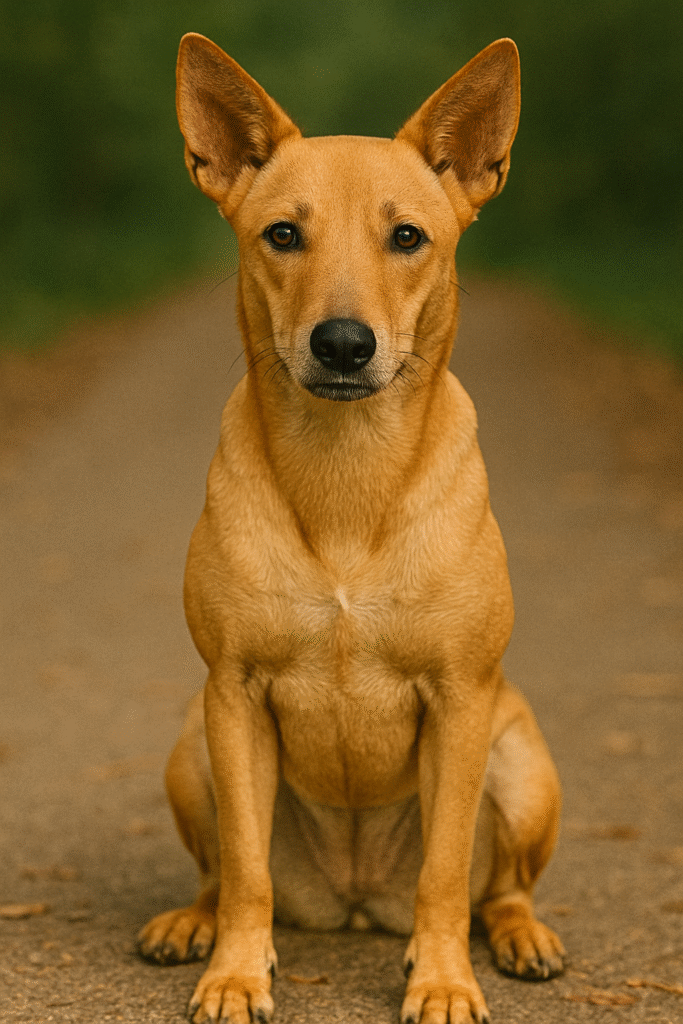
Highly adaptive, low maintenance, and naturally healthy—an excellent and underrated companion.
7. Doberman Pinscher
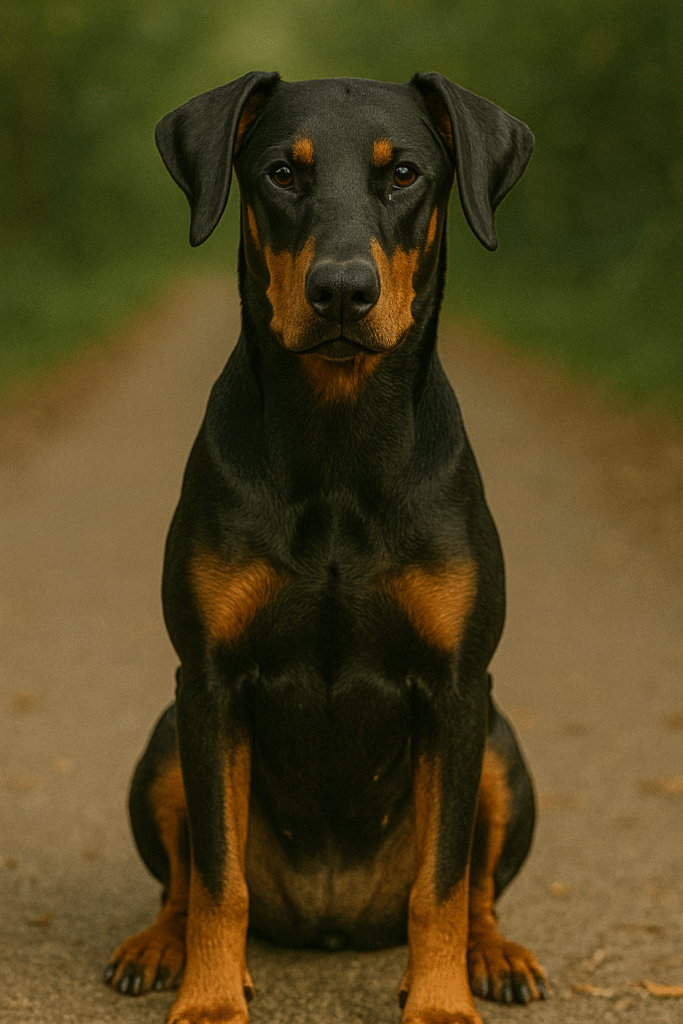
Alert, strong, and ideal as a guard dog.
8. Shih Tzu
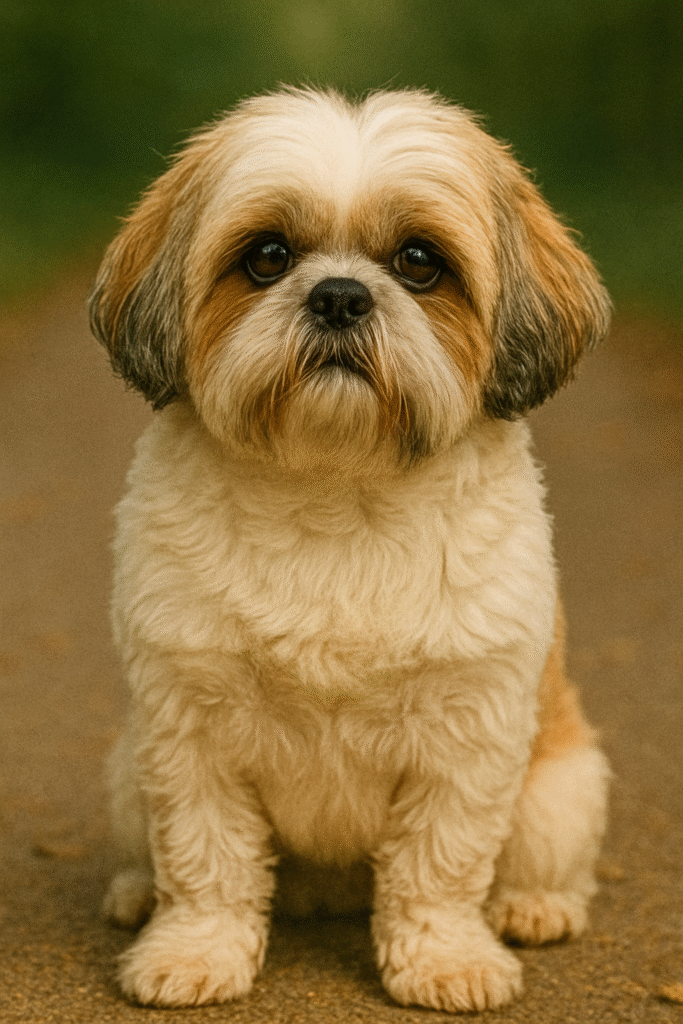
Cute, fluffy, and perfect for apartment life and grooming lovers.
9. Rottweiler
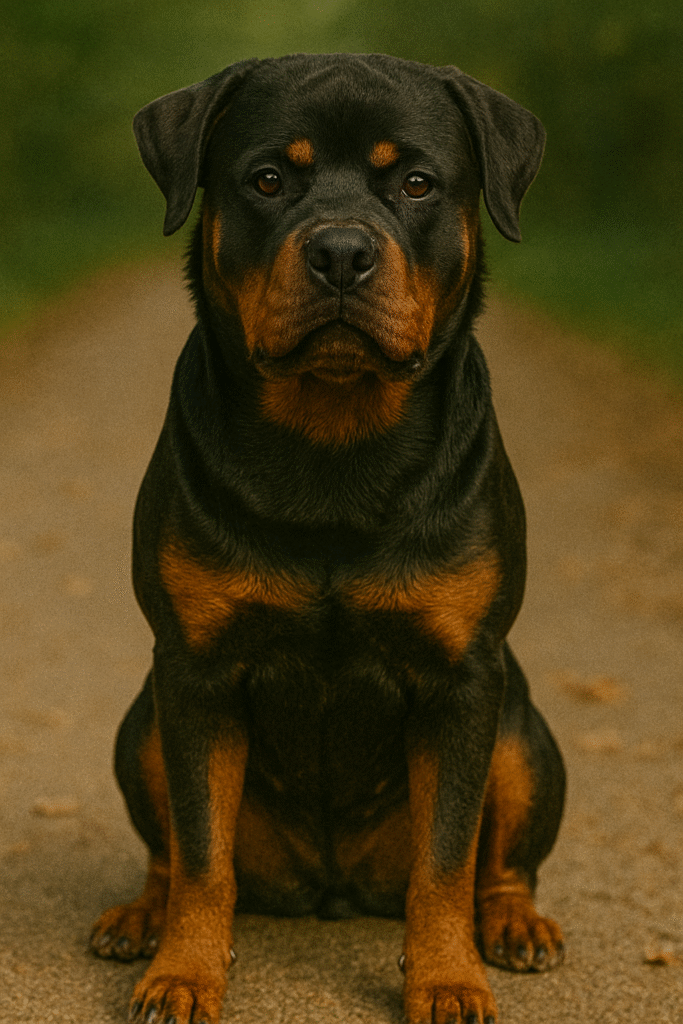
Powerful and protective—needs proper training and socialization.
10. Cocker Spaniel
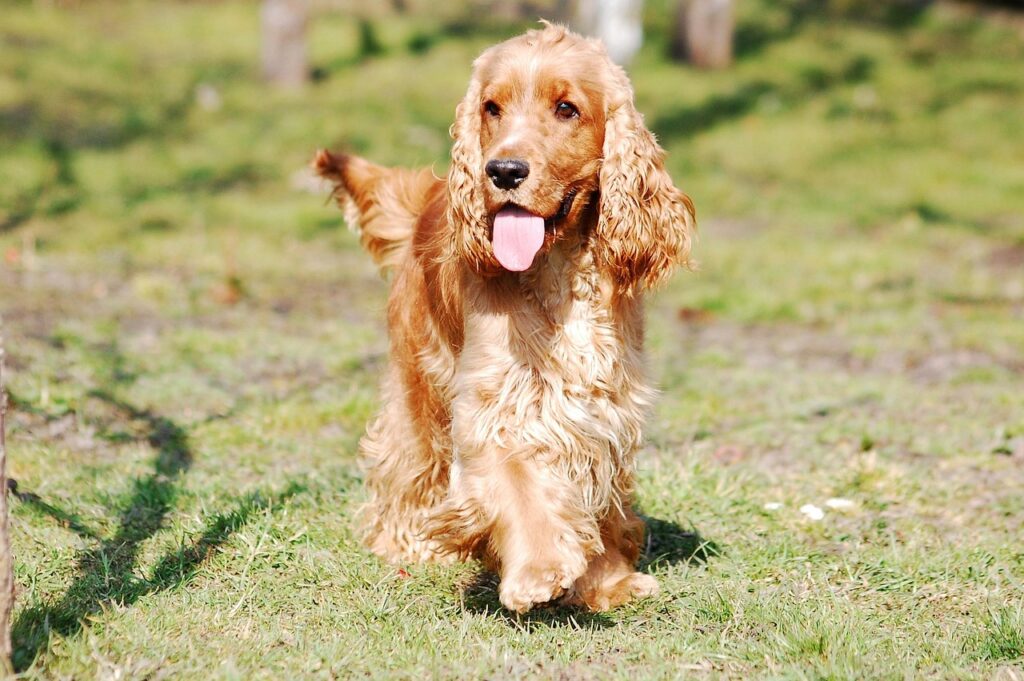
Cheerful, friendly, and good with kids; loves attention.
11. Dachshund
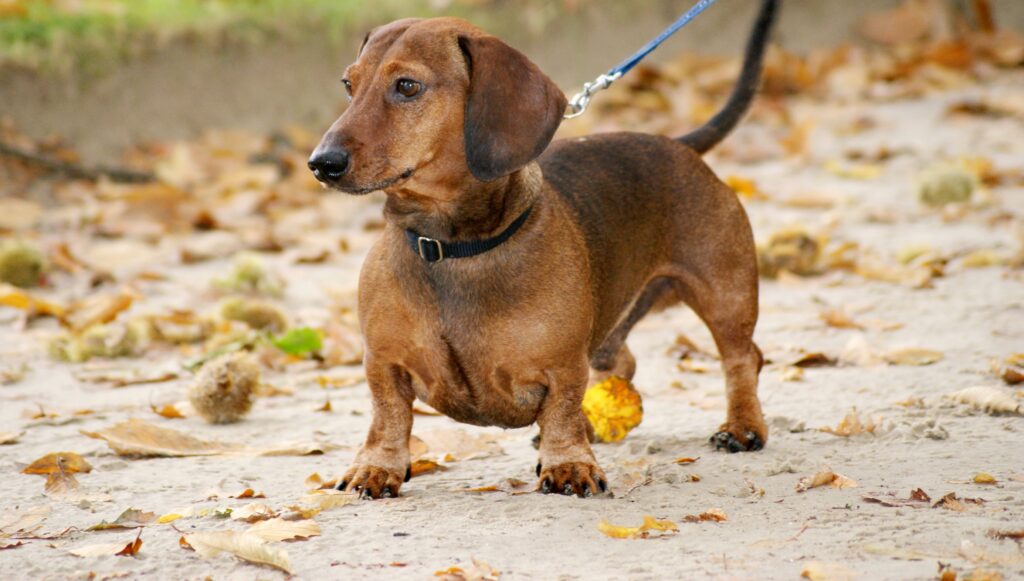
Small, bold, and unique in appearance; good for smaller homes.
12. Boxer
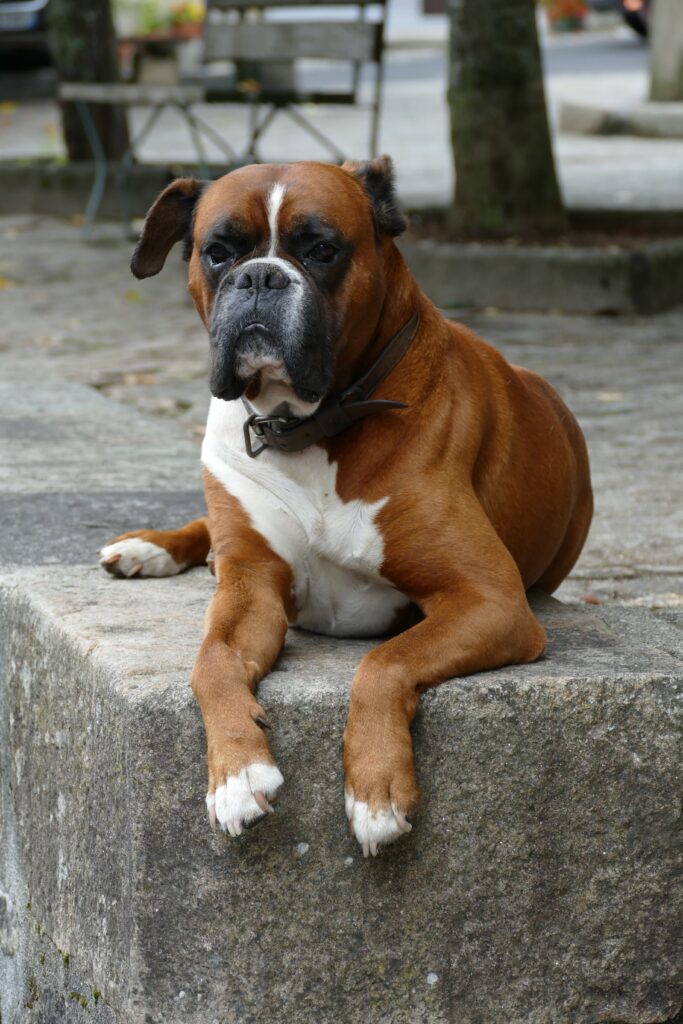
Energetic and loyal, with a playful and strong personality.
13. Siberian Husky
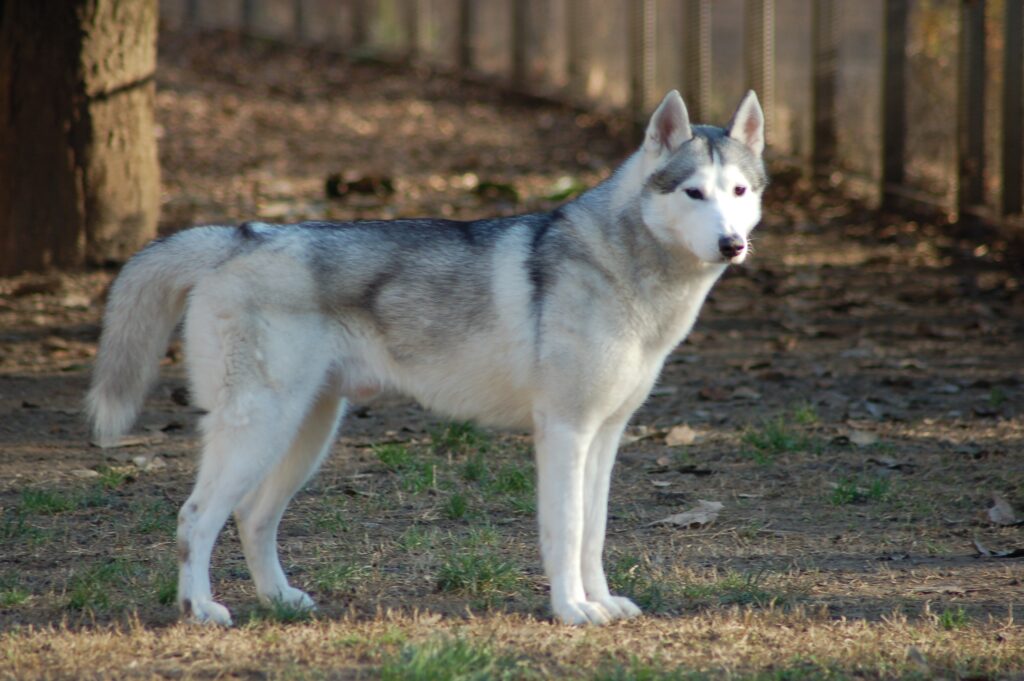
Striking looks and high energy, though requires care in India’s hotter climate.
14. Great Dane
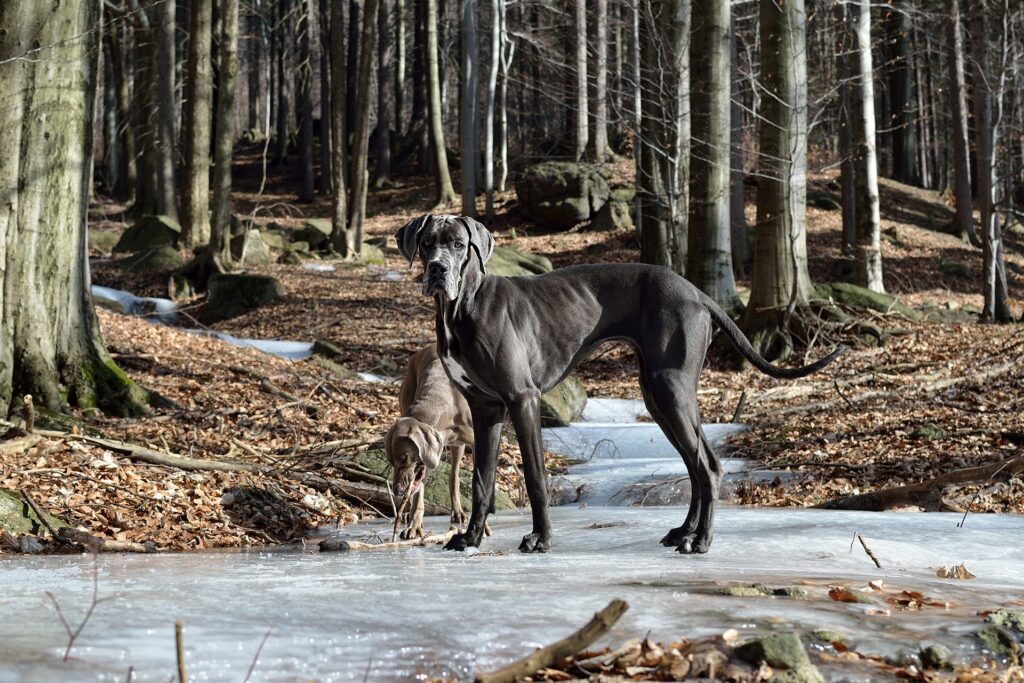
A gentle giant with a calm demeanor—needs ample space.
15. Chihuahua

Tiny, lively, and full of attitude; better for experienced dog owners.
16. Bullmastiff
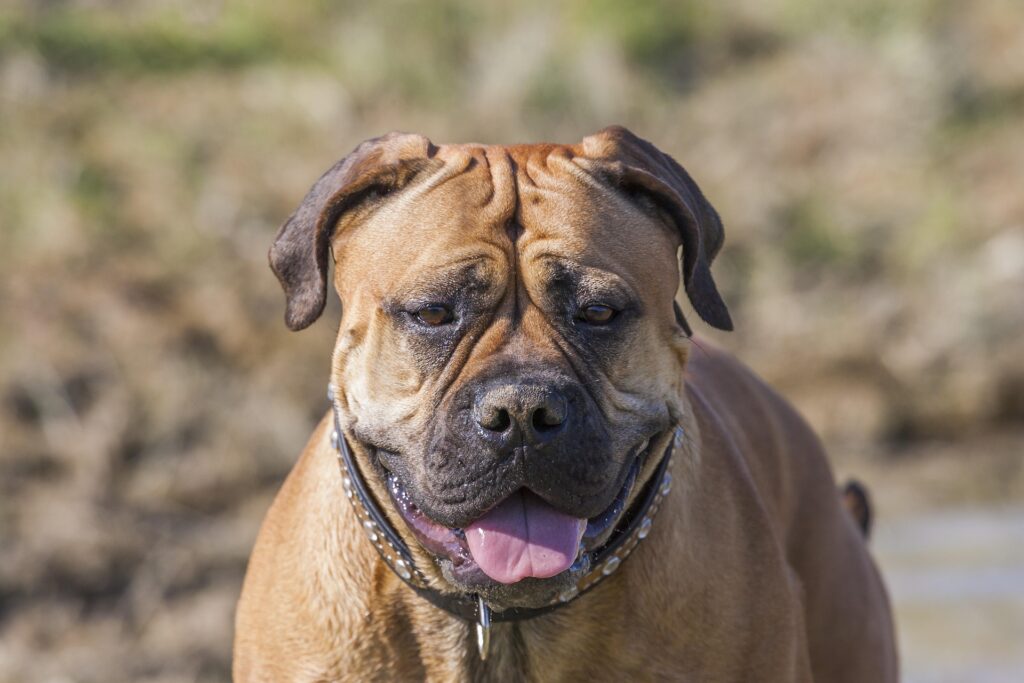
Strong, fearless, and a natural guard dog with a calm side.
17. Lhasa Apso
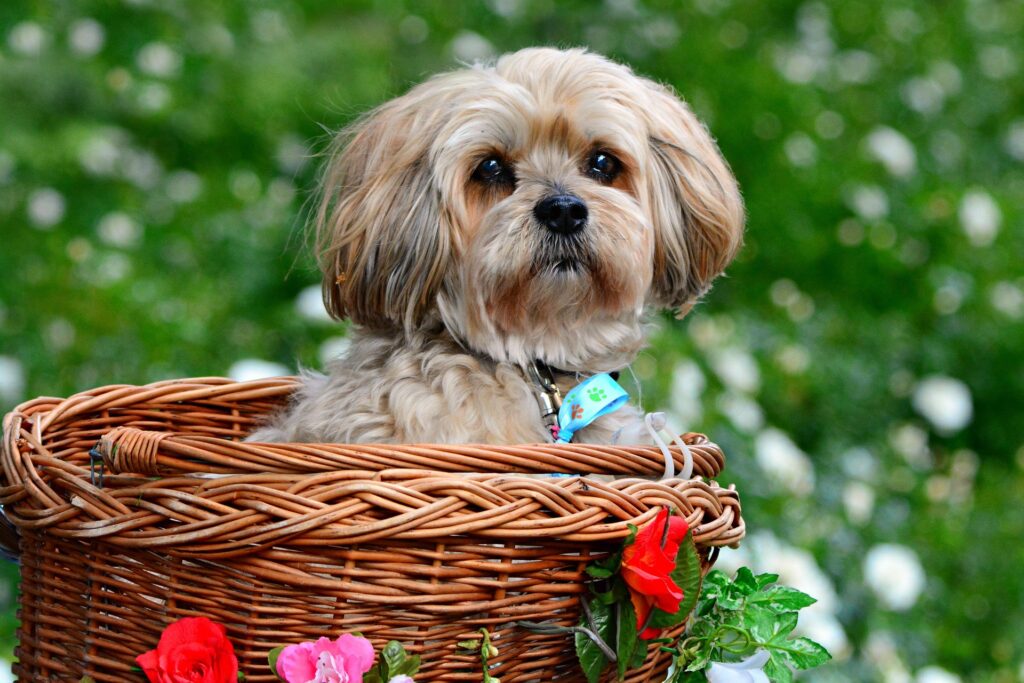
Independent, alert, and suitable for apartment living.
18. Indian Spitz
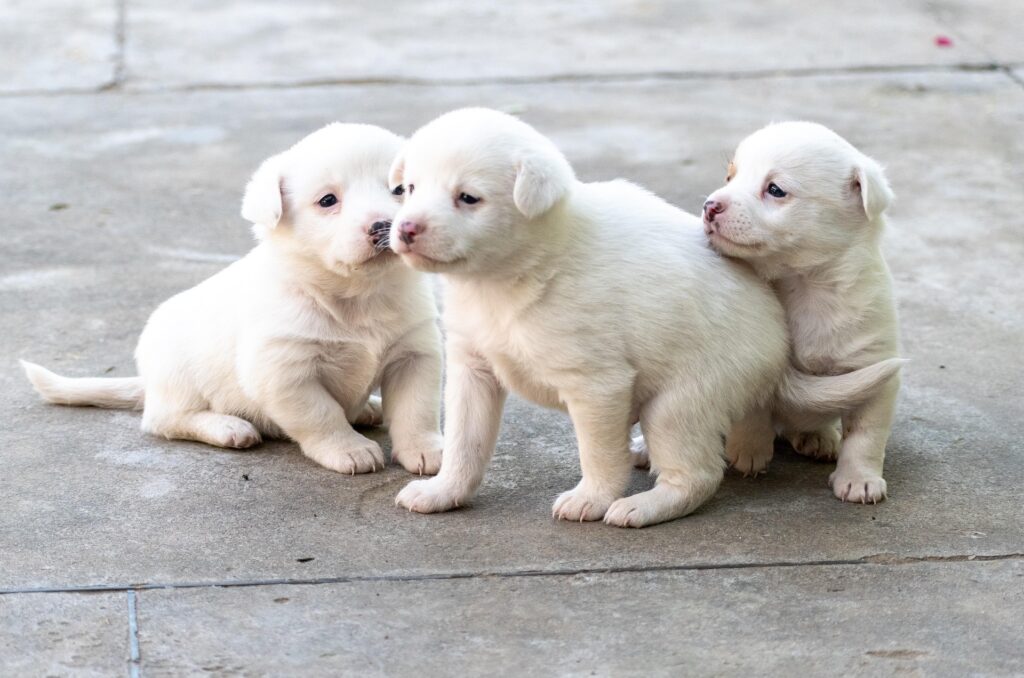
Fluffy and smart—often confused with a Pomeranian but a separate breed.
19. Saint Bernard
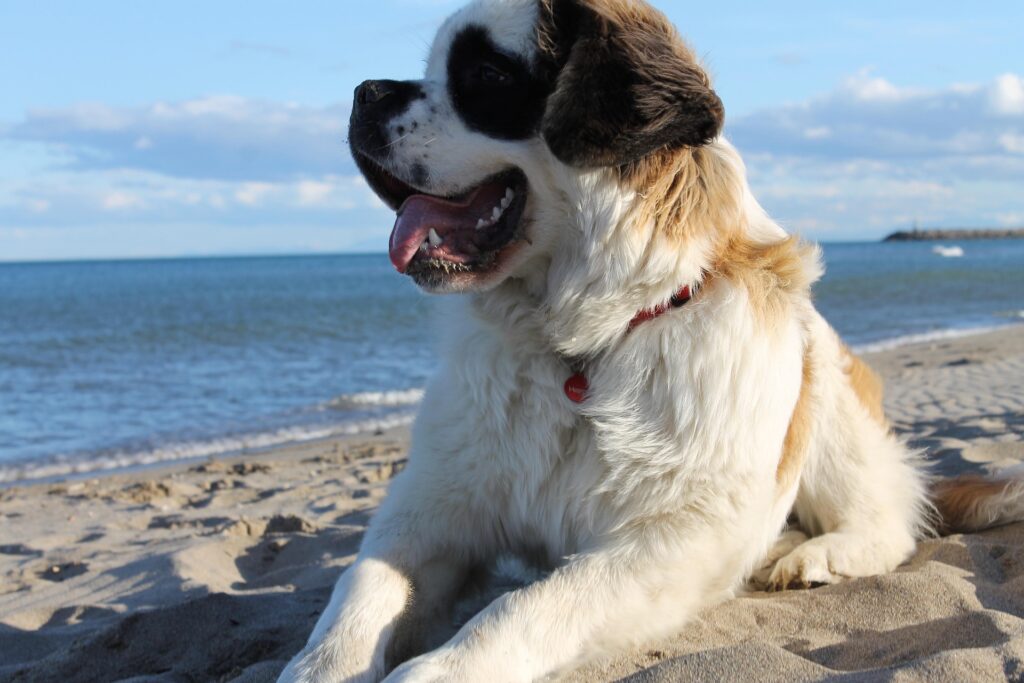
Massive and loving; not ideal for hot climates but very affectionate.
20. Pomeranian

Small, vocal, and affectionate—a popular choice for families.
